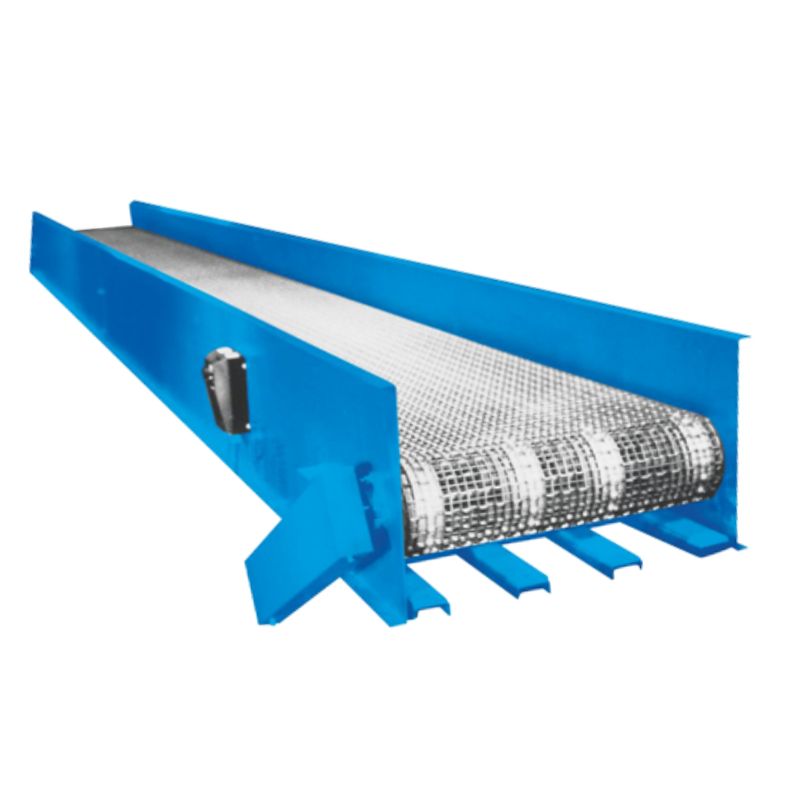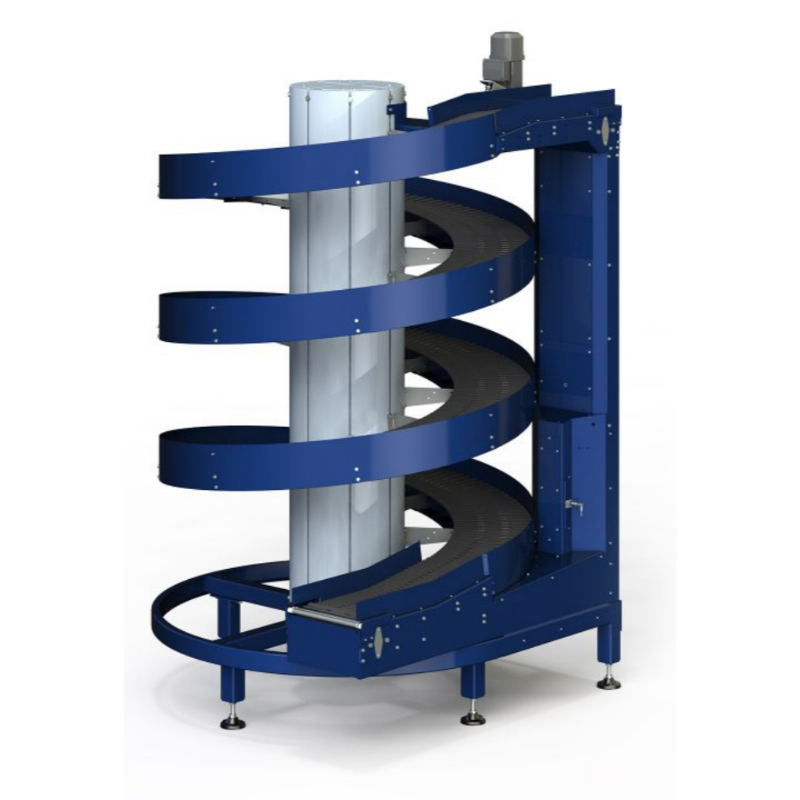Incline Conveyor
Cleated belt conveyors feature vertical cleats or barriers in their designs. These cleats can keep loose materials secure during inclines and declines, to provide consistent spacing between items, and more. Furthermore, cleats come in different shapes, each with its own application.
• Forward-Leaning Capital “L.” The wide base of this cleat makes it more resistant to leverage forces. Some cleats with this shape also have curved faces, which enables them to scoop granules. This type of cleat is designed to carry light- to medium-weight bulk material up steeper inclines.
• Inverted “V.” Cleats with this shape are usually 2 inches or less in height to allow for a troughing effect. They’re best for transporting abrasive, heavy, or large-piece bulk materials, as they can withstand heavy impacts.
• Lugs and Pegs. These kinds of cleats accommodate specific needs. For instance, they can promote run-off of liquids when used to transport washed fruit or vegetables. They’re also a cost-efficient cleat type for items that don’t need to be supported throughout the full belt width, such as rods and cartons. They can even be positioned to selectively move products exceeding a given size or to hold individual products in place.



